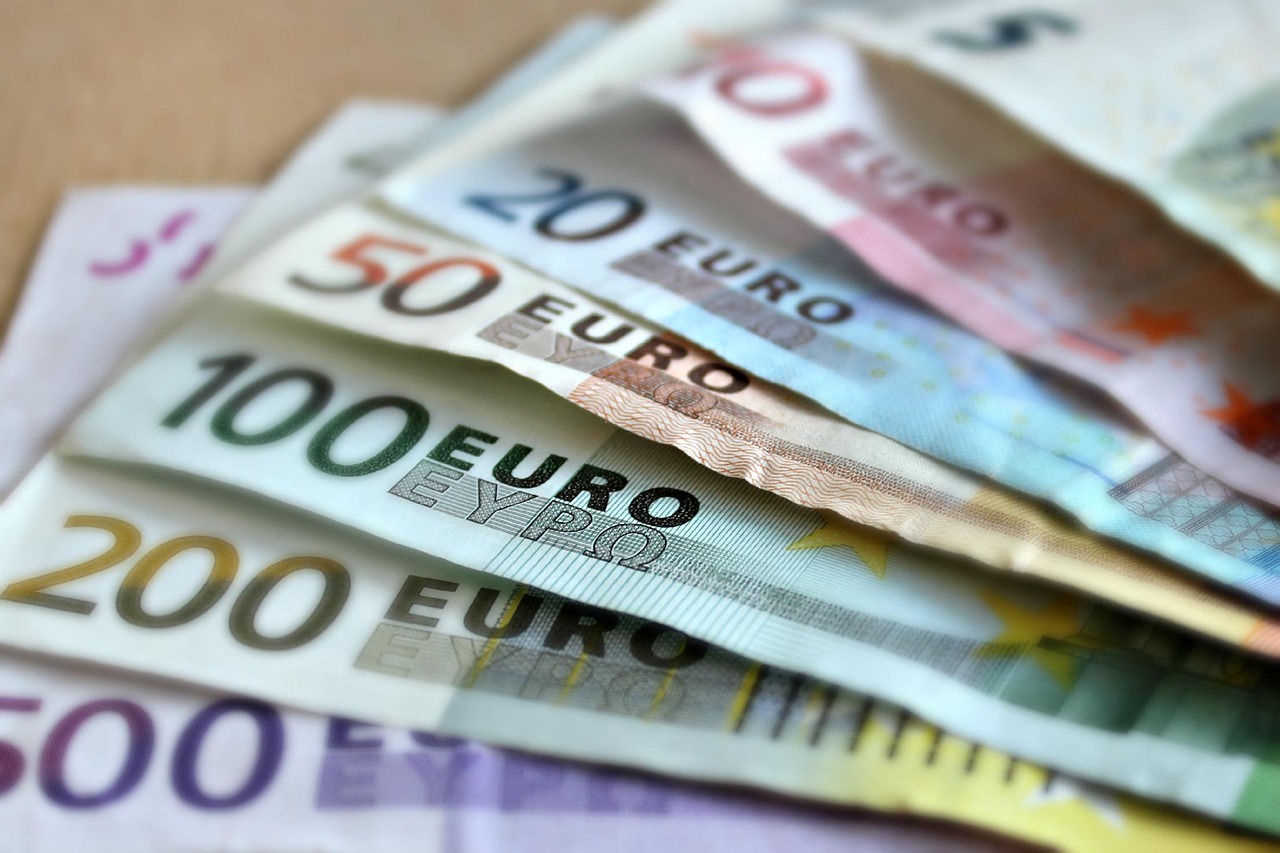
One of the key cornerstones of the adopted budget is the reduction of the public deficit to 2.9 percent of the GDP.Continue reading

The current account balance improved significantly in the second quarter, Gergely Suppan, senior analyst at Magyar Bankholding, said in reaction to the latest data from the Hungarian National Bank. In the three months between April and June, a surplus of EUR 690 million was generated, an improvement of EUR 3.3 billion compared to last year, writes Világgazdaság.
This brings the current account surplus for the first half of the year to EUR 98 million, compared with a deficit of EUR 4,762 million a year ago. This is particularly good news for the Hungarian currency, the forint, which was under huge pressure last year due to, among other things, the imbalance caused by the large deficit.
Analyst Gergely Suppan gave details, saying that the improvement in the trade balance reflected a EUR 920 million surplus in the goods balance compared with a deficit of EUR 2,970 million a year ago.
The marked improvement in the goods balance was partly due to improving exchange rates as energy prices fell, and partly to falling domestic demand, contributing to a fall in imports,
the analyst explained. He noted that the current account deficit widened to EUR 13.9 billion last year from EUR 6.5 billion a year earlier, and to 8.2 percent of GDP from 4.2 percent the previous year, caused by the deterioration in the trade balance, as the increase in the energy deficit alone worsened the external balance by EUR 9.8 billion. Including the capital account, external financing needs increased from EUR 2.6 billion to EUR 10.3 billion, i.e. from 1.7% of GDP to 6% of GDP.
As the senior analyst emphasized, the current account balance could improve again in the coming years, largely due to a sharp fall in energy and energy commodity prices compared with last year’s averages,
which, in itself, could improve the external balance by EUR 9-9.5 billion.
The declining consumption, energy savings (partly due to the mild winter), and the increasing share of solar energy in domestic energy production could reduce imports significantly, so the improvement could be even stronger.
“After a temporary upturn, the external debt reduction could continue. We expect a current account deficit of EUR 0.8 billion this year, but a surplus of EUR 1-1.5 billion next year, but the improvement could be even larger, while the current account surplus could continue to rise in the coming years. Thus, the current account deficit could narrow to 0.4 percent of GDP this year,” Suppan concluded.
Via Világgazdaság, Featured image via Pixabay